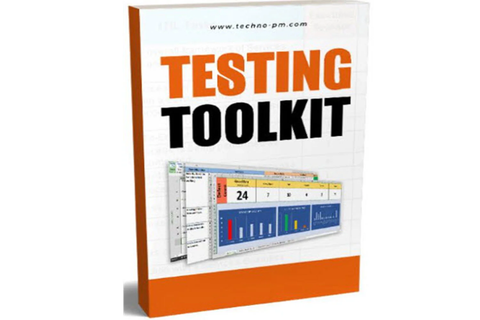Requirements Traceability Matrix
What is a Requirements Traceability Matrix?
Have you ever been in a situation where you no longer remember who asked for a specific requirement to be added to the project? Or even worse, when an essential requirement for the project was missed by the supplier? Don’t be ashamed, we’ve all been there. Fortunately, there are tools you can use to prevent these misfortunes from happening. Let me introduce you to one of them: meet the Requirements Traceability Matrix. These requirements traceability matrix templates help you keep documents and requirements in line with your project.
RTM
RTM, the meaning is Requirements Traceability Matrix (RTM) Template is a scope control tool that helps ensure that the requirements and related deliverables remain stable and linked back to their baseline and the original source is, the stakeholder who requested them. Thus it “traces” the deliverables by establishing a thread for each requirement- from the project’s initiation to the final delivery.

From the Requirements Breakdown Structure to the Requirements Traceability Matrix

Requirements Breakdown Structure
How To Group Requirements and Create RTM
- Business Requirements: Needs that come from the organization, at the business level(Business Requirement Document).
- Stakeholder Requirements: Requirements gathered from stakeholders.
- Solution Requirements: Requirements that relate to the solution to be delivered, which in turn be split between functional and non-functional requirements.
- Transition Requirements: Requirements regarding the transition between solutions (existing and new), if applicable.
- Functional Requirements: Requirements that refer to user or system requirements.
-
Non-functional Requirements: Requirements that are non-functional, such as quality requirements or constraints that need to be considered.
Once all requirements have been captured, we are finally able to move them to a table format and trace them back to the different stakeholders and assign them a priority. Let’s see how this is done.
What Does a Requirements Traceability Matrix Include?
An RTM should include sufficient information to allow each requirement to be easily understood and traced back to its source. Therefore, the following are suggested as a minimum:
- Unique Identifier:o avoid ambiguity, each requirement should be uniquely identified, using the same identifiers as in the Requirements Breakdown Structure.
- Requirement name: So that it is clear what the requirement refers to.
- Requirement description: Additional information about the requirement, such as its purpose or known constraints.
- Requirements type: Based on the categories defined in the Requirements Breakdown Structure, each requirement should be grouped under a specific type.
- Stakeholder: The name of the stakeholder involved in the requirement and his/her role regarding that requirement (requester, impacted, not impacted).
-
Priority: The priority of each requirement as assigned by the different stakeholders. While various techniques exist, the most commonly used is MoSCoW, where requirements are categorized as must, should, could, or won’t have.
From the above, two key sections form the matrix: the requirements on the left, as rows, and the stakeholders on the right, as columns. The intersection of these represents the traceability of the requirement to a particular stakeholder and vice-versa. Pretty easy!
What Are The Benefits of an RTM?
The RTM is created during the project planning phase, either by a business analyst or by the project manager him/herself, a common scenario in smaller projects.
Some of the advantages of the RTM include:
- Track if requirements are being met by the current process.
- Track if suppliers have delivered according to specifications.
- Support the creation of other planning and testing documents, such as RFPs, the project plan, estimates, deliverable documents, or test scripts.
- Manage scope changes more effectively, ensuring that nothing falls through the cracks.
- Ensure that stakeholder’s expectations are being addressed.
- Draft a product roadmap, by defining different priorities for the requirements.
A Requirements Traceability Matrix is one of those powerful yet simple tools that can quickly enable a more rigorous control in the project.




